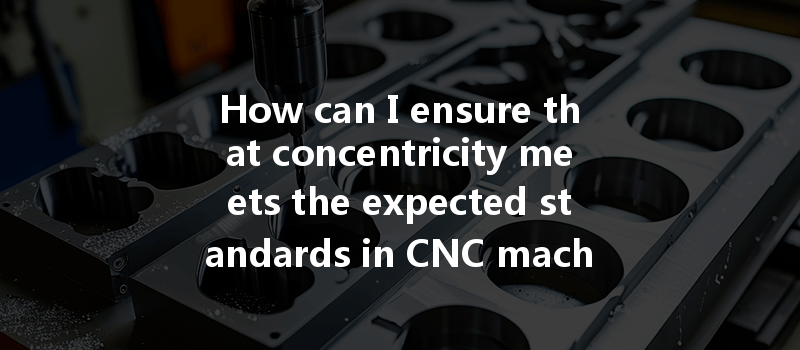Did you know that even a minuscule deviation in concentricity can produce significant errors in precision engineering? According to a report, nearly 30% of manufacturing defects in mechanical components are attributed to concentricity issues. This startling statistic underscores the importance of maintaining strict concentricity standards, especially in CNC machining, where precision is paramount.
In this blog, we will explore in-depth concepts, techniques, and best practices to ensure that your CNC machined parts meet the expected concentricity standards. We will discuss what concentricity is, why it is essential, how to measure it, and provide detailed techniques to achieve and maintain it throughout the machining process.
Understanding Concentricity
What is Concentricity?

Concentricity refers to the condition of two or more geometric features sharing the same center or axis. In the realm of CNC machining, concentricity often deals with the alignment of cylindrical parts such as shafts and bores. Achieving high concentricity is critical for the performance of mechanical components, as it directly impacts the assembly, wear, and functionality of the final product.
Why is Concentricity Important?

Measuring Concentricity
To improve concentricity, one must first accurately measure it. There are several methods for measuring concentricity, including the following:
This is the most commonly employed technique for measuring concentricity in CNC machining:
For higher accuracy:
These devices utilize laser technology to measure the alignment of features:
Techniques to Ensure Concentricity in CNC Machining
Maintaining concentricity standards begins well before the machining process. Here are several proactive methods to ensure optimal results in your CNC machining operations:
Choosing the right cutting tools plays a significant role in achieving and maintaining concentricity:

Ensure your CNC machine is set up properly, including:
Different machining strategies affect concentricity. Consider using the following:
Adjust machining parameters to enhance concentricity:
The CNC toolpath should be designed to maintain concentricity throughout all operations:
Quality control is critical at different points in the machining process:
After the machining process, consider post-processing techniques that can help maintain or enhance concentricity:
Concentricity is vital in guaranteeing the quality and functionality of CNC machined parts. Maintaining expected concentricity standards involves a multi-faceted approach—ranging from precise measurement techniques to optimal machining operations and rigorous quality control practices.
By following the strategies discussed in this blog, manufacturers can enhance their machining processes and ensure that their products meet stringent quality benchmarks.
Understanding and implementing these techniques is not just beneficial; it’s essential for anyone in the manufacturing sector aiming for excellence and efficiency. As industries continue to evolve and standards advance, grasping the importance of concentricity and mastering its control will remain a hallmark of proficient CNC machining.
While CNC machining remains a complex and challenging field, with the right practices in place, achieving ideal concentricity is not only possible but is a pathway to operational success that customers will value. So, take the time to evaluate your processes and make necessary improvements—you’ll find that it’s worth the investment!




